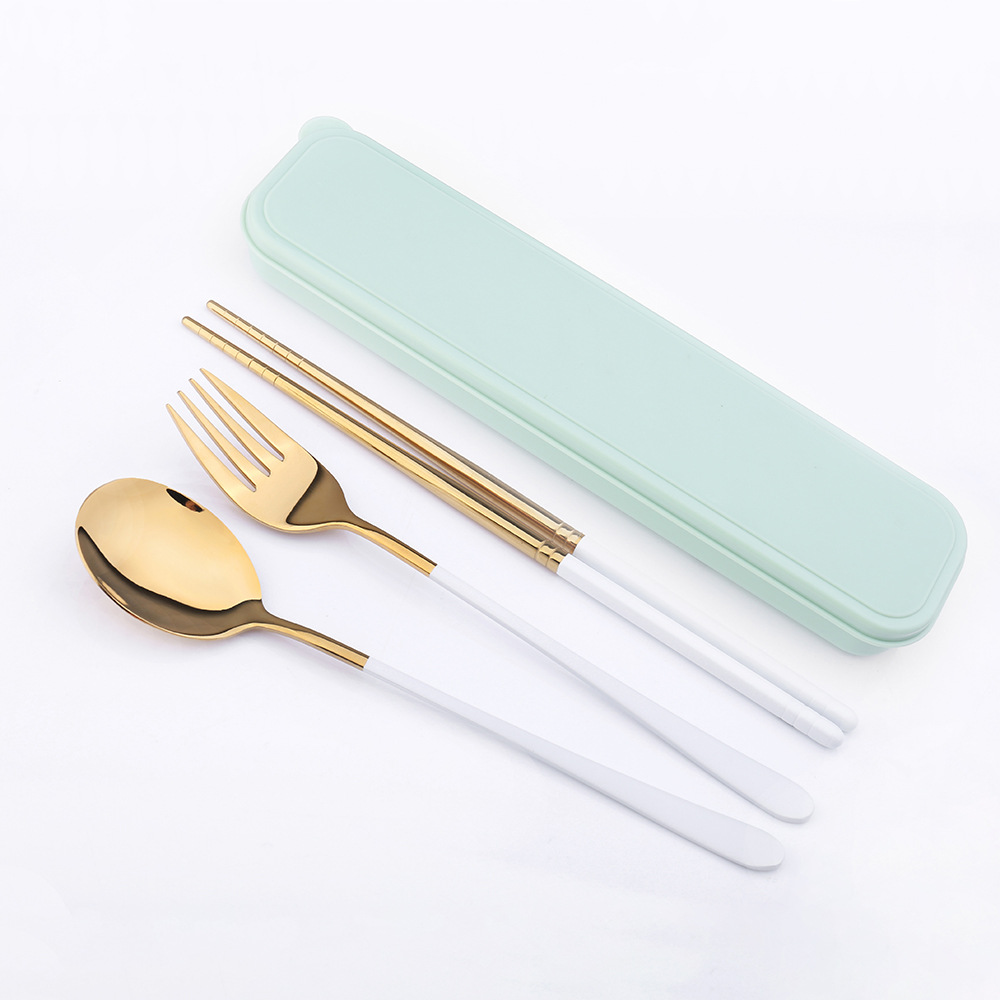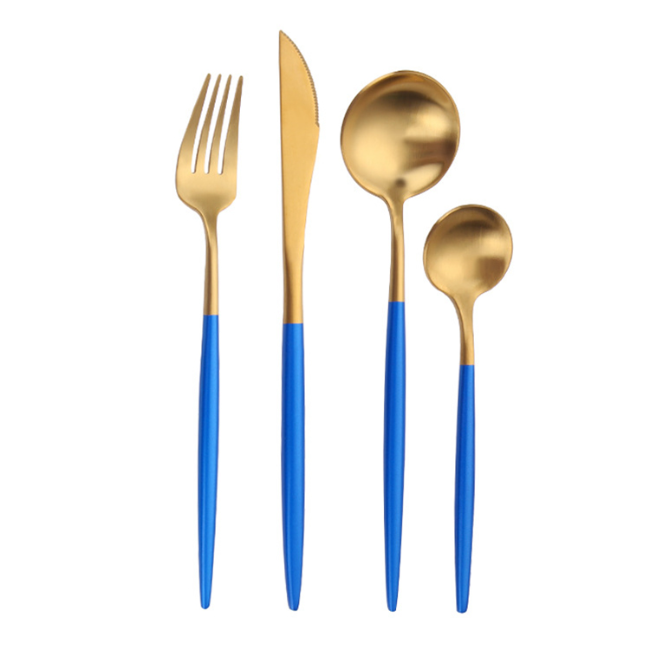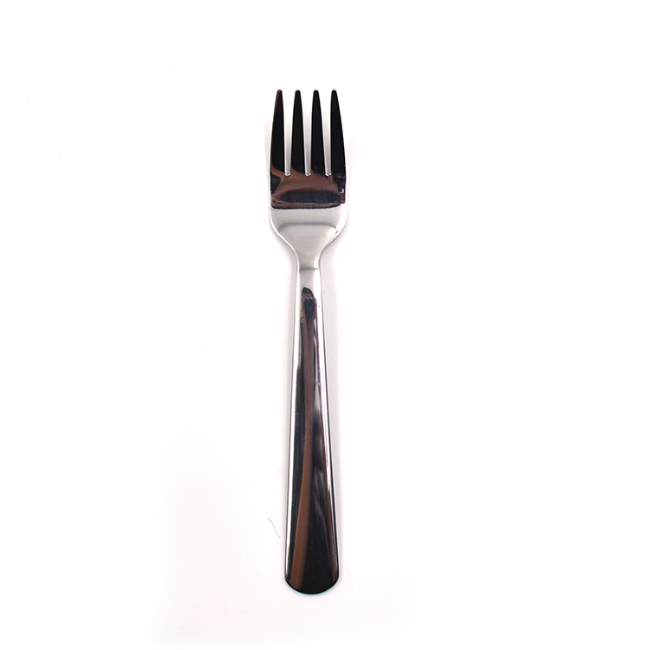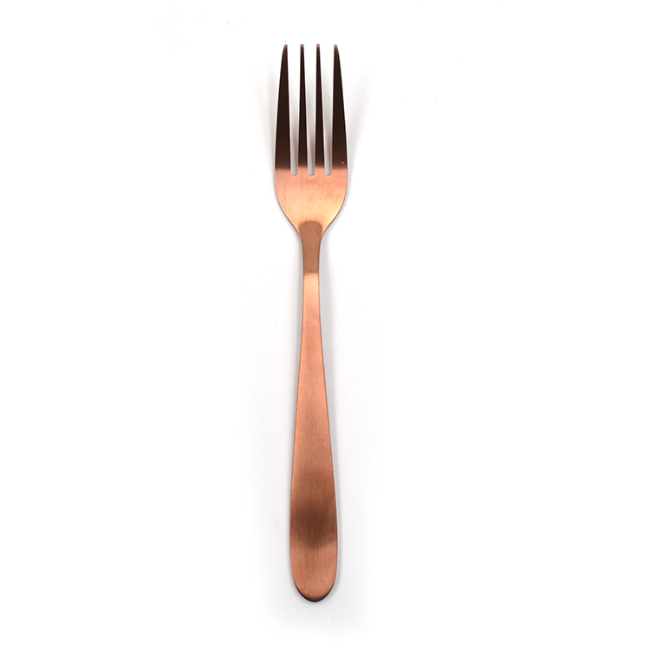
31 May
How to Make Plastic Cups and Cutlery
How to Make Plastic Cups and CutleryWhil...
How to Make Plastic Cups and Cutlery
While stainless steel remains the gold standard for reusable dining tools, there is still a demand for plastic cups and cutlery, especially for one-time events and parties. This article explains how these items are made and how Homefelt, primarily a stainless steel cutlery producer, contributes to eco-conscious alternatives to traditional plastics.
Materials Used in Plastic Cutlery Manufacturing
Plastic cutlery is typically made from polystyrene (PS) or polypropylene (PP). These are selected for their lightweight nature and moldability. However, traditional plastic poses environmental concerns due to its non-biodegradable structure.
That’s where new bio-based materials come in. Many modern cutlery brands use compostable or recyclable materials derived from cornstarch or PLA (polylactic acid). These materials are shaping the future of disposable utensils.
Though Homefelt does not specialize in plastic, its innovation team is working with food-grade biocomposites to create sustainable alternatives for clients needing single-use options that align with environmental values.
Production Process Overview
The process of making plastic cutlery and cups includes:
Material Selection: Resin pellets are selected based on desired strength and appearance.
Injection Molding: Pellets are melted and injected into precision molds.
Cooling: Items are rapidly cooled to retain shape.
Trimming and Inspection: Edges are cleaned, and items are checked for defects.
Homefelt, with its decades of molding experience, understands material behavior deeply. While primarily focused on steel, their molding know-how translates well into other materials for specialized client projects.
Design Inspiration: Rat Cutlery RC-4 and Beyond
Artistic designs like rat cutlery rc-4 show that even simple tools can express personality. Though originally a knife model, the design world frequently takes inspiration from such creative naming.
Homefelt offers design services for clients who want to create branded plastic cutlery lines. Whether it’s inspired by fantasy, minimalism, or utility, Homefelt transforms sketches into functional molds ready for mass production.
Color and Customization Trends
Items like asda rainbow cutlery highlight the demand for vibrant, personalized disposable utensils. Colorful forks and spoons not only elevate event décor but also help reduce mix-ups in large gatherings.
Homefelt works with clients to apply food-safe coloring methods—even on compostable items. They ensure that colors won’t bleed or flake under use, maintaining both safety and presentation.
Tools for Makers: Cutlery Blanks in Sydney
In DIY circles, cutlery blanks sydney are popular among artisans who create their own spoons or knives from plastic molds. Homefelt supports this sector by offering semi-finished cutlery blanks for prototyping or teaching purposes.
These blanks are crafted to be easy to finish, polish, or adapt for unique uses. They’re great for hobbyists, workshops, and small startups exploring creative applications.
Homefelt Sustainable Vision
Although stainless steel remains Homefelt’s core strength, the company is innovating around sustainable materials, developing high-quality alternatives for businesses needing eco-friendly cutlery. Whether your goal is compostability, color customization, or mass-scale plastic alternatives, Homefelt offers the expertise and production capacity to deliver.





